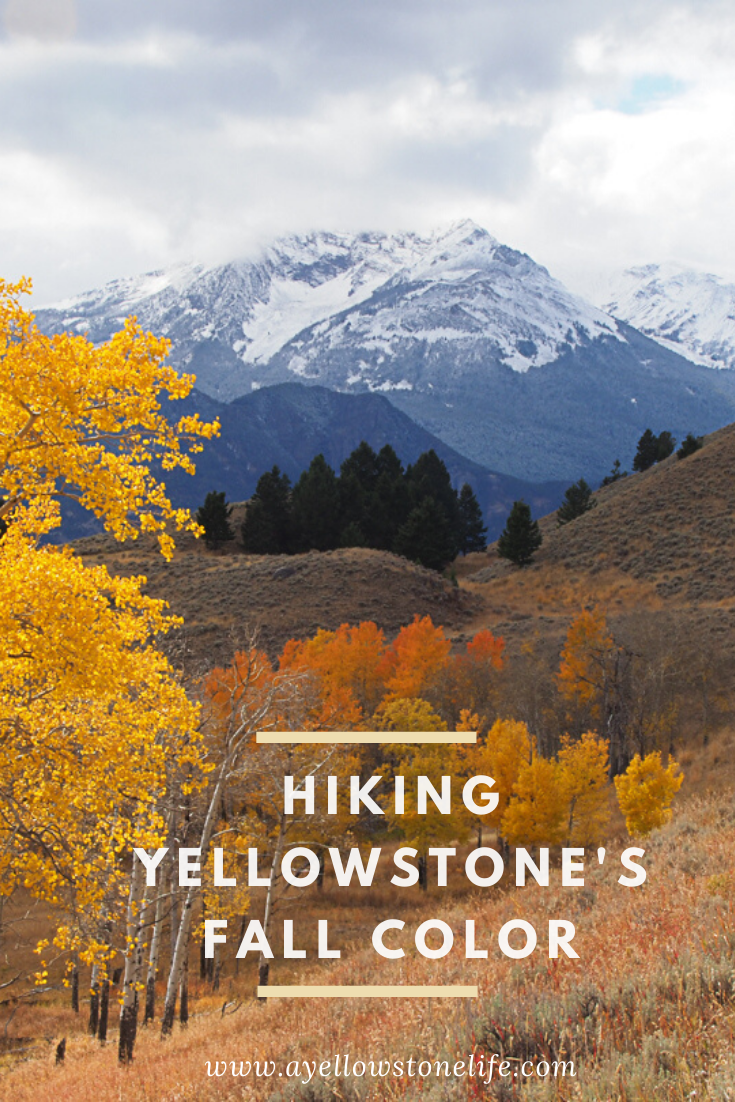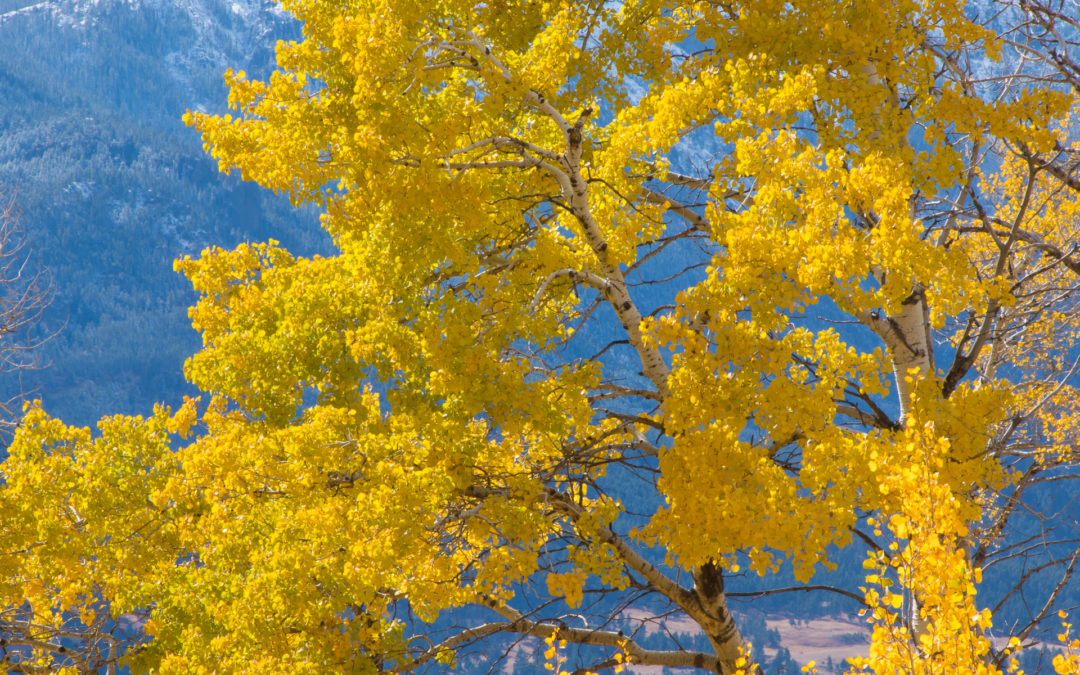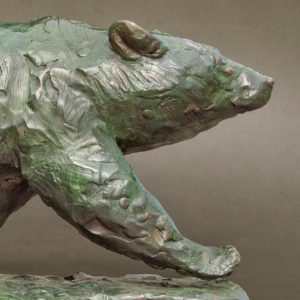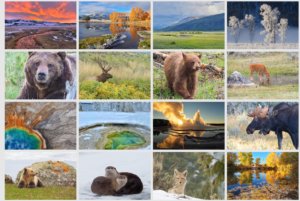Hiking Yellowstone’s Fall Color
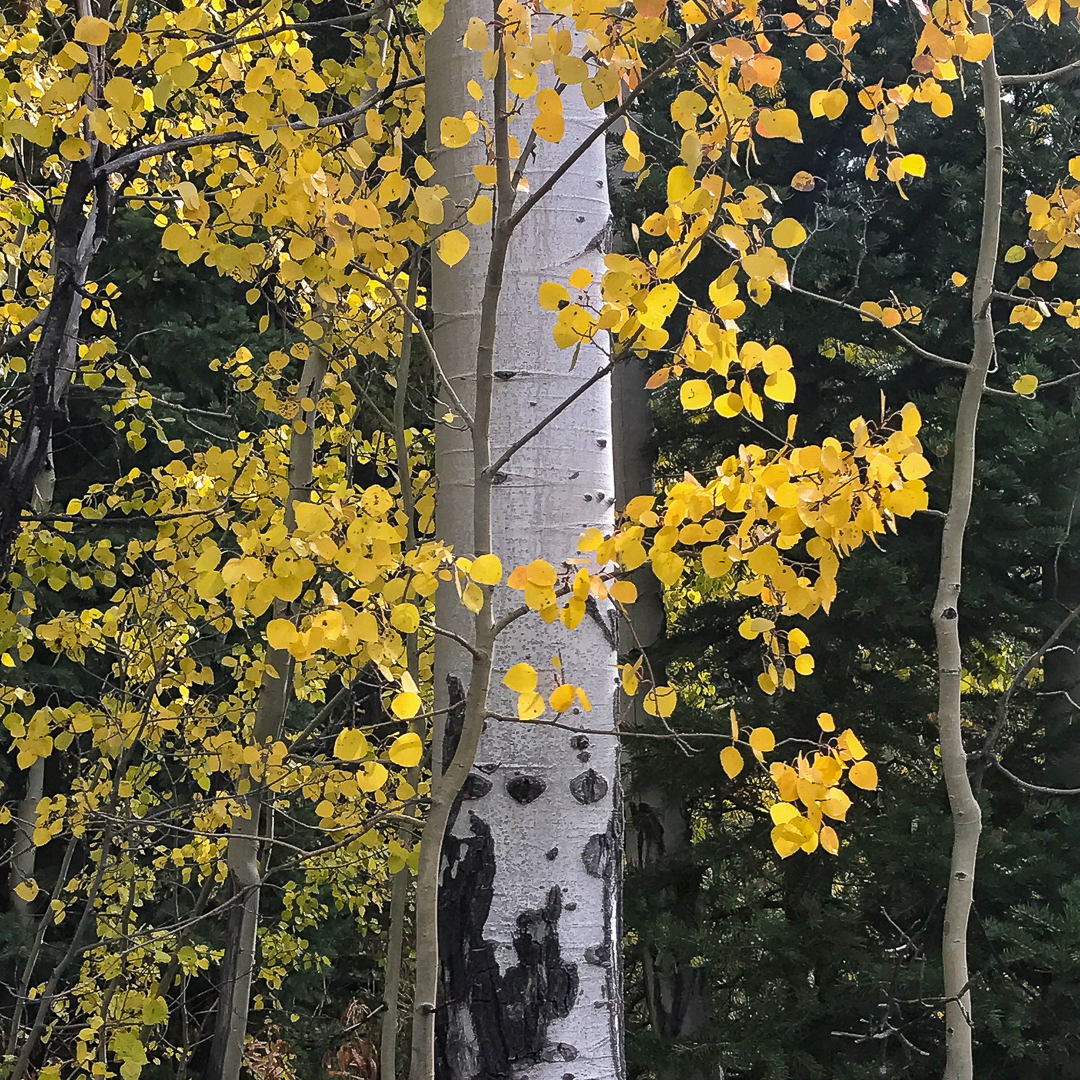
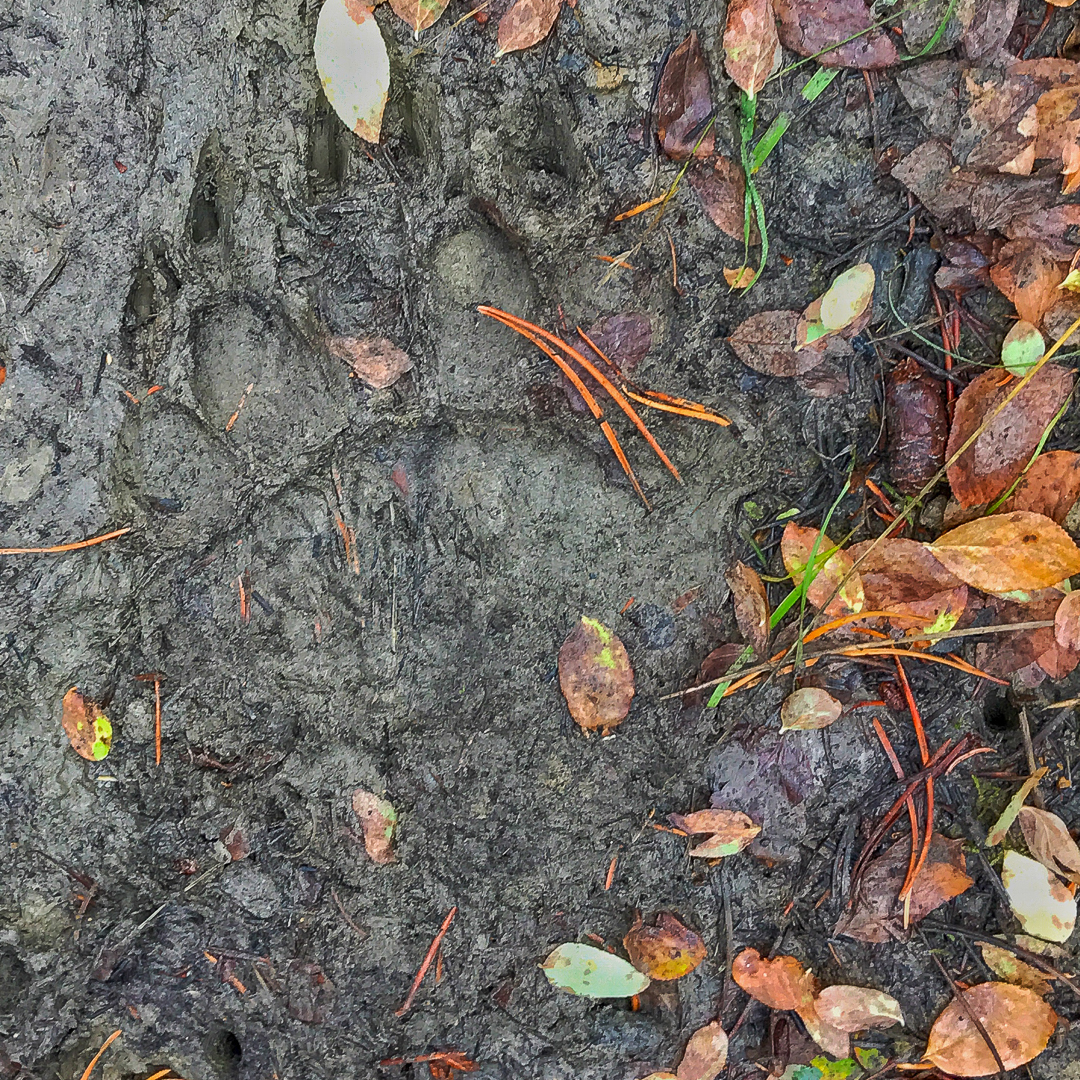
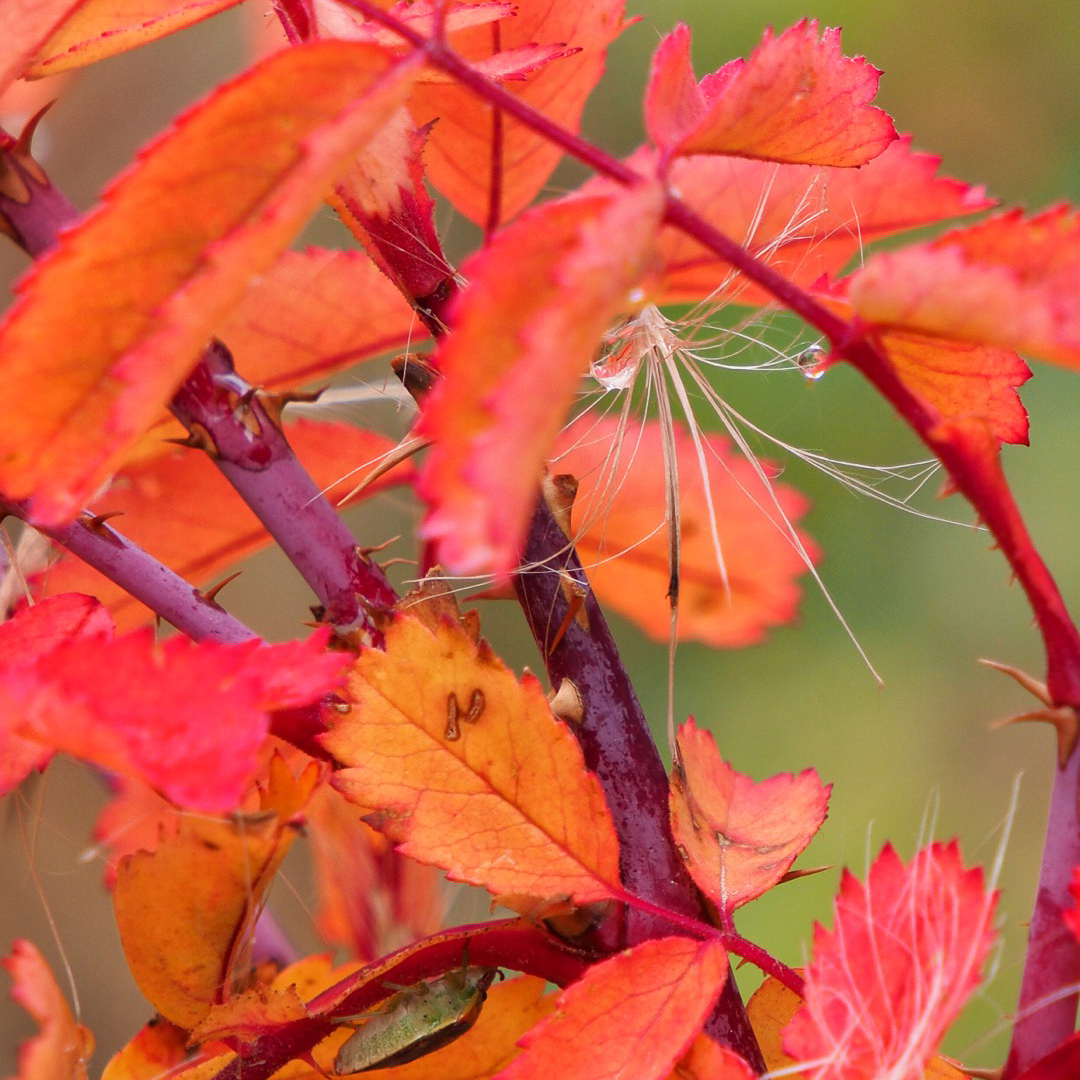
Lost Lake Trail
You can start this trail at a few different places – from the Petrified Tree, from Calcite Springs, or from Roosevelt Lodge for an out and back, shuttle, or loop hike. We like to start the hike from Roosevelt Lodge, taking in the abundance of color in the understory–thimbleberry, raspberry, wild rose, and more– along the creek behind the lodge. While the Lodge is closed after Labor Day, hikers can still access the trail. From the Lodge the trail climbs 300 feet via switchbacks to a bench, where you can turn right, hike past secluded Lost Lake, and make a loop from the Petrified Tree back down to the lodge. If you turn left, you’ll make your way along the ridge to Calcite Springs, through rich wildlife habitat. Take bear spray–the abundance of rose hips and berries make this a popular spot for black bears too–whose orange colored scat (from the berries and rose hips) can often be seen adorning the trail.
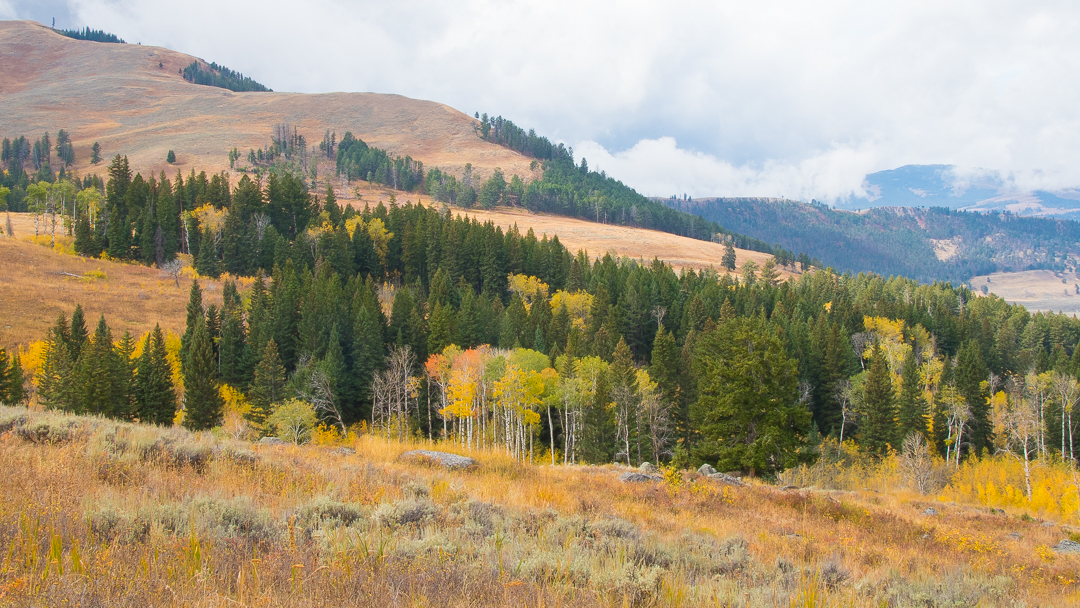
Specimen Ridge/Petrified Trees
From the top of Specimen Ridge, commanding views of the Northern Range spread out before you. We like to start this trail from the pullout just before the Lamar River bridge as you are heading east on the Northeast Entrance Road (about 5 miles from Tower Junction). Although it’s a steep and strenuous climb (about 800 feet in under two miles), the views at the top are worth it, as well as the chance to see ancient trees petrified in stone. It’s a great vantage point to see fall color along Slough Creek and the Lamar River far below, and just to take in the vastness of “America’s Serengeti”. If you still have energy (and breath) after the climb to the petrified trees, you can keep climbing to the intersection with the the main Specimen Ridge Trail and hike for as many miles as you’d like along the high ridge. Or, you can do a shuttle from the Specimen Ridge trailhead just past the Yellowstone Picnic Area, and hike to the trailhead near Lamar River. Take your binoculars – you can also view the raptor migration as Swainson’s hawks, kestrels, and others depart Yellowstone on their way to winter habitat. NOTE: this is not the Specimen Ridge trail that starts near the Yellowstone Picnic Area. This is a shorter, out and back trail that leads to the petrified trees. It’s a clear, but unmaintained, trail.
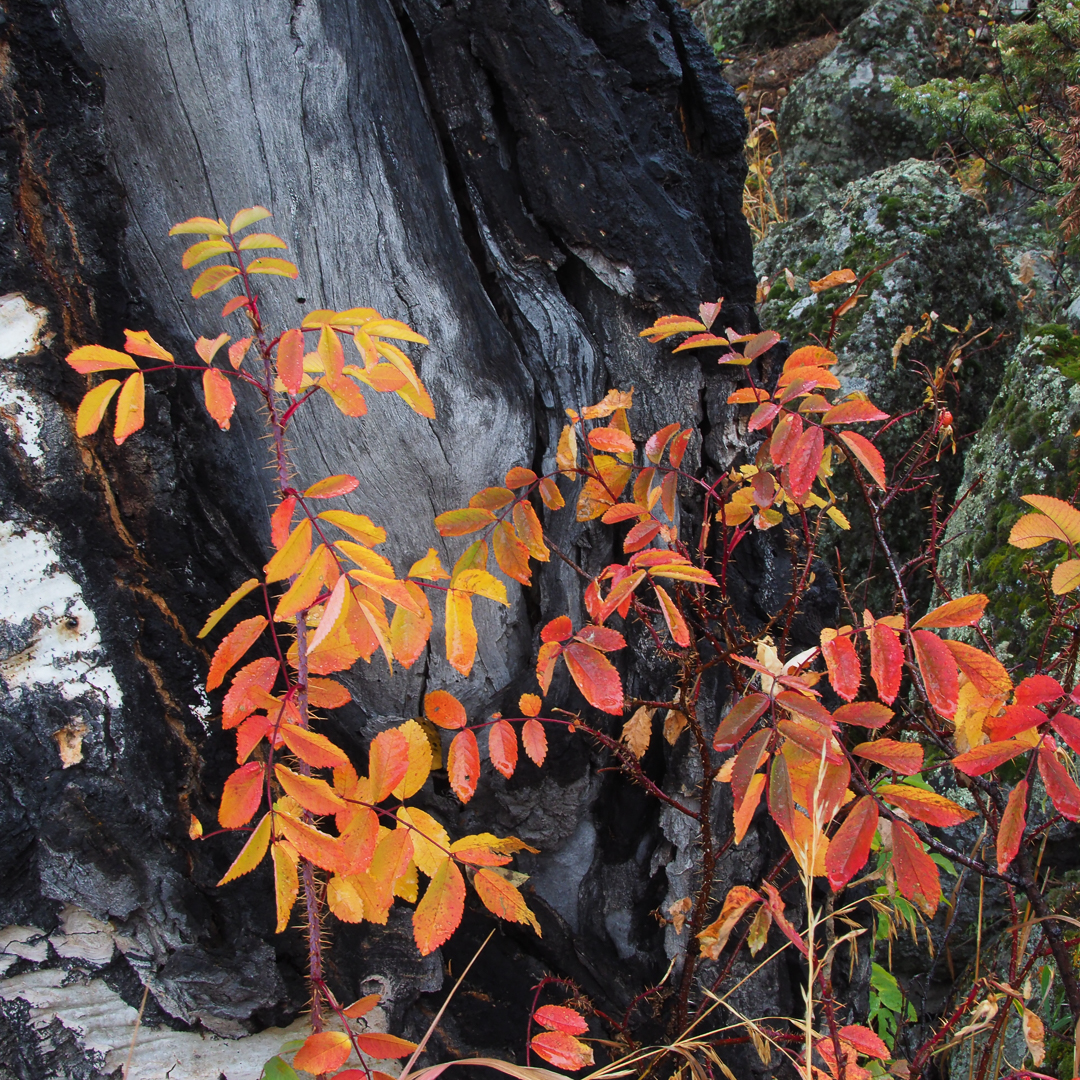
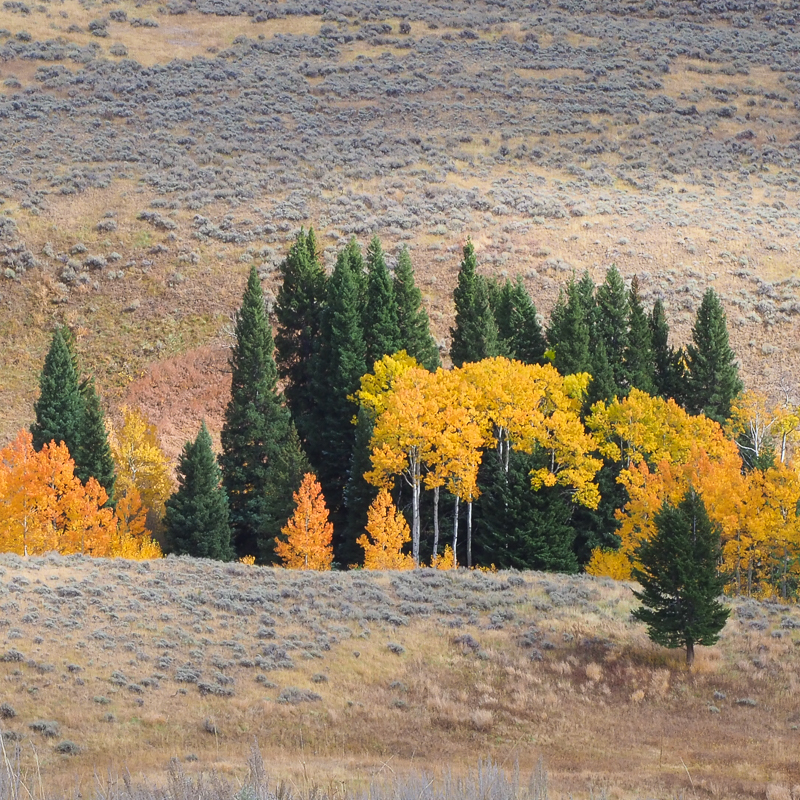
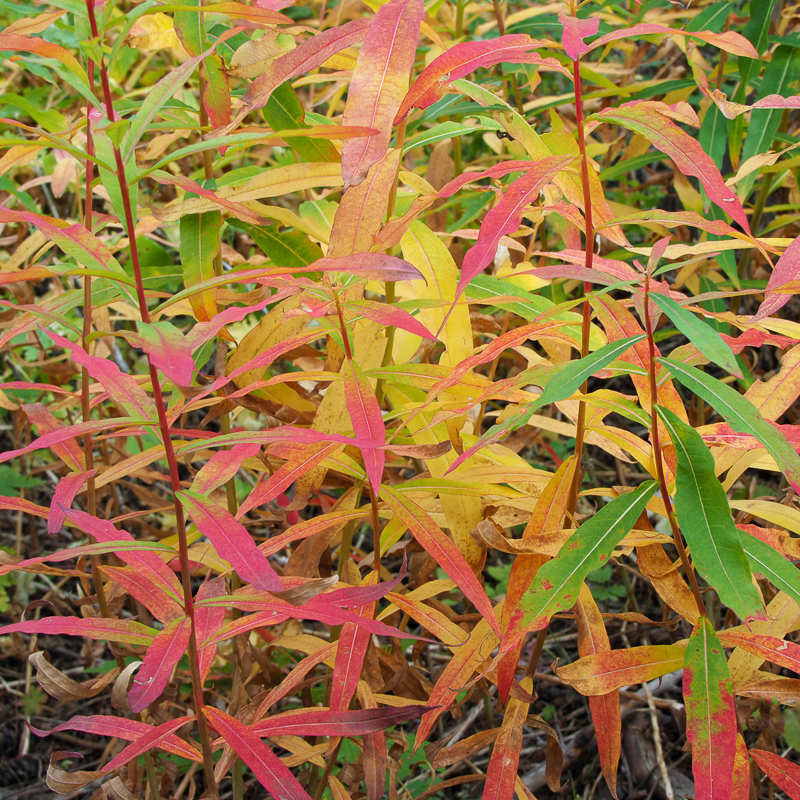
Slough Creek
This famous creek is not just for fishing! A scattering of aspens, rich and colorful understory, fewer people, and the chance to see bear tracks are why we love this hike in the fall. There’s something about the first meadow that feels so wild and remote, though it’s only about two miles in from the trailhead. As you gaze over the wide bends in the river and golden grasses that stretch for miles between patches of forest, you can imagine why wolves and bears frequent this valley. You can turn around at the first meadow, or continue as far as you are in the mood for.
Be prepared
As always in Yellowstone, be prepared for any and all weather and trail conditions. While days can be sunny and nice, it can also be rainy, windy, snowy, and cold. Don’t forget warm layers, water, snacks, and a map. Carry bear spray, and brush up on how to stay safe in bear country before you hit the trail, as the bears are still roaming the landscape trying to pack on the pounds before hibernation.
Enjoy hiking Yellowstone’s fall color!
For more information about taking advantage of fall in Yellowstone, see Sights and Sounds of the Yellowstone Elk Rut, Yellowstone in Autumn: Our Fall Favorites, and Reveling in Yellowstone’s Fall Colors.
All images © Jenny Golding/A Yellowstone Life
See the artwork inspired by Yellowstone animals
Visit George Bumann's Gallery